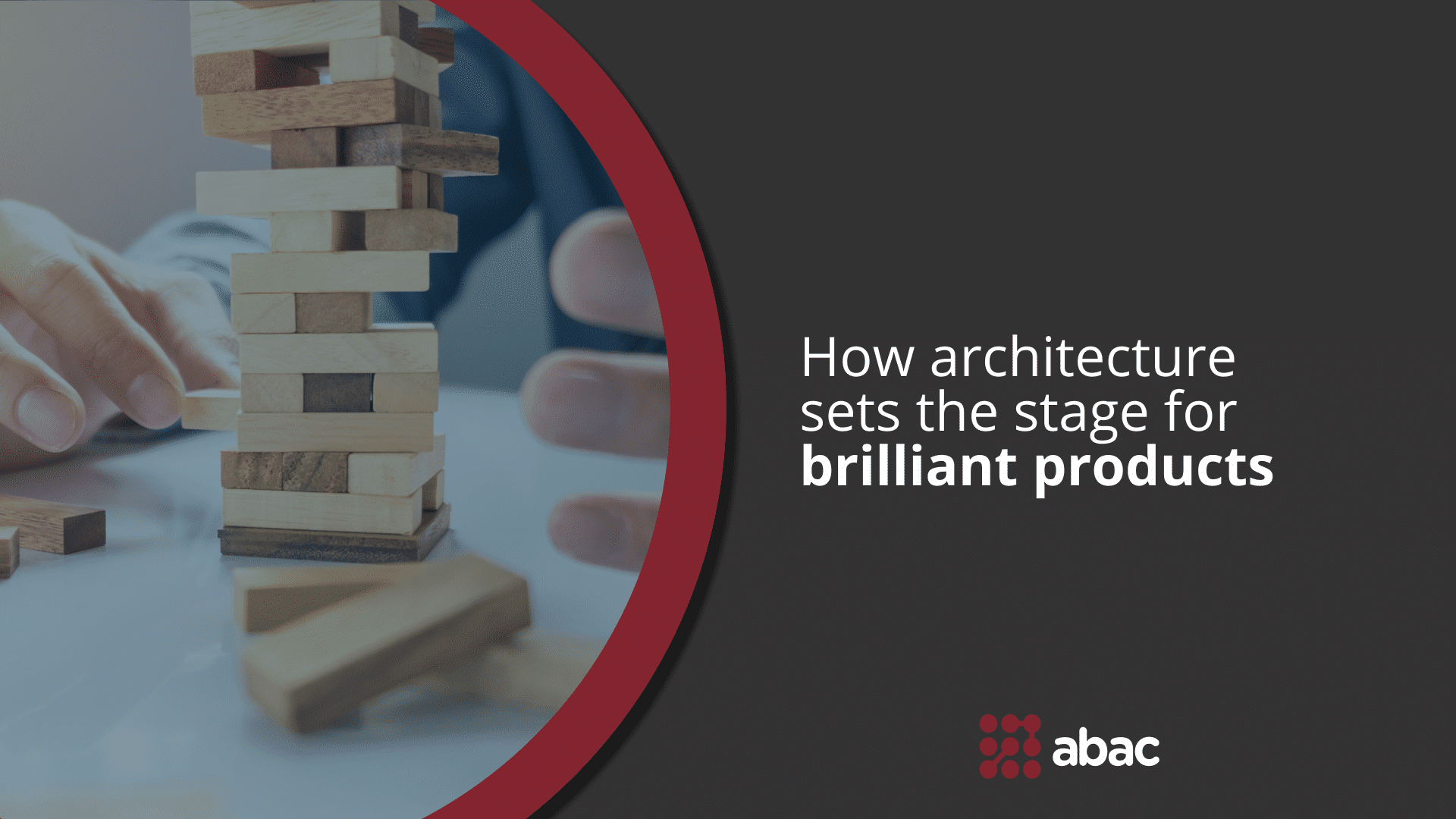TL;DR: In the world of software development, architecture is like the blueprint of a skyscraper. It’s the foundation that sets the stage for a magnificent performance. This article explains how software architecture is created, why it matters, and when it’s most valuable. We’ll explore its role in combining user experience and technical functionality, all while navigating the waters of the development lifecycle. So, let’s dive in and discover how software architecture leads to software stardom!
Chapter 1: What is it?
Software architecture is like designing a city: it’s the layout for all of the roads, buildings and infrastructure that make everything work harmoniously.
In the software development lifecycle, architecture is a planning phase in which architects set the foundation for how the solution will be brought up.
It’s where we find the perfect mix of technologies that will ensure the software solution’s compliance with functional and non-functional requirements. If these terms are somewhat opaque to you, then we suggest that you read our article on Why start with prototyping?.
Chapter 2: Why is it Relevant?
Imagine building a city without a blueprint – chaos, right? Similarly, a software architecture document outlines the grand vision and acts as a compass for the development team. It ensures everyone’s on the same page about what’s being built and how. The main particularity of software as opposed to buildings (that can’t exactly be brought down easily if you change your mind) is that software usually evolves over time. Most popular software like Facebook, Netflix, and Microsoft Office started as MVPs with limited features. It’s a common beginning. But because they got traction on their market of operation, these solutions blossomed into what they are today. As such, the architecture that holds these solutions has gradually evolved, and this has all happened thanks to great architects.
Remember that a good architect will always ask you to start small and grow in complexity over time!
Chapter 3: When is it Useful?
Software development teams are a bit like teams of chefs. For a delicious dish (product), you need both a team that handles the plating (or UI developers) and the team that cooks the meal perfectly (or API developers). Architecture is thus the recipe that has these chefs work together so that the resulting dish is of high quality. It contains all required processes, structures, technologies, and components to build software per specifications. This is why, architecture is especially important if you plan to create a software product that needs to work flawlessly, in a given context and that also needs to evolve over time.
Chapter 4: How it’s Done?
Picture this: the business analyst tosses a magical scroll (requirements) to the software architect. The architect, like a coding wizard, deciphers it and then conjures an architecture that dances to both functional and non-functional tunes.This tech symphony ensures your software not only does what it should, but does it splendidly under certain constraints.
Constraints are what architecture is all about. From an architectural perspective, aspects such as the project budget, the set of features or the grade of scalability, all shape the complexity of the resulting solution.
Picture designing the architecture for building the Burj Khalifa. The building’s height, whether 1km or 2km, significantly impacts implementation strategies and structural technology due to non-functional constraints. So too in software, products are constrained by certain factors that the architect has to keep track of.
The architect thus sits at the intersection of stakeholders, management and development teams and gathers insights about the product in order to plan its implementation strategy. He does this by carefully analysing each constraint and proposing a technological solution to this constraint. Pretty straight forward.
The proposed technological solutions are described in something called an Architecture Description Document that respects certain standards (such as ISO/IEC/IEEE 42010:2011). This document will later be used by stakeholders and development team as a reference for how the system will be built under the given constraints.
Chapter 5: Advantages of a Technical Architecture
A clear technical architecture at the project’s start yields major benefits, boosting success and efficiency.
For starters, with a standardised software architecture document, you can set the stage for building a product with any development team around the world. Because everyone can envision the outcome of the project, project delivery risks would be far easier to mitigate.
Another core aspect is that having an architecture predefined will allow everyone to account for product level evolution. This allows for creating modular, reusable components that can be scaled and reused individually when needed from the beginning.
Lastly, a predefined technical architecture enables entrepreneurs to obtain accurate cost estimates, offering a clearer project budget perspective. In complex projects, this waterfall-style approach becomes your guiding light.
Chapter 6: Disadvantages of a Technical Architecture
There’s literally no disadvantage to having an architecture defined for a software solution. However, the way in which this architecture design in performed may have to differ from project to project.
For software products that have a predefined use case or a consecrated market need (such as any business process automation product that has been requested by an audience) it is usually more advantageous to kick-off the development after all the technological “unknowns” are covered and detailed in an architectural document.
For software products that must move fast and prove their worth, it is usually better to perform “just enough architecture design” to get going. This is a compromise that some products must make, prioritizing growth over predictability to validate their market traction.
As a product stakeholder, your role is to grasp customer needs for timely product construction, regardless of the approach. If you’re uncertain about your product strategy, reach out to our expert consultants for a second opinion at contact@abac.software.
In a Nutshell:
Software architecture is your secret recipe for greatness. It’s where dreams are molded into structure that can be coded into reality. This is where user delight meets technical finesse. Just as a composer orchestrates melodies, a software architect orchestrates teams and technology. So, remember, when building your software masterpiece, start with an architect.
And remember, unlike the Burj Khalifa, software products have to evolve in time 🚀🏰

